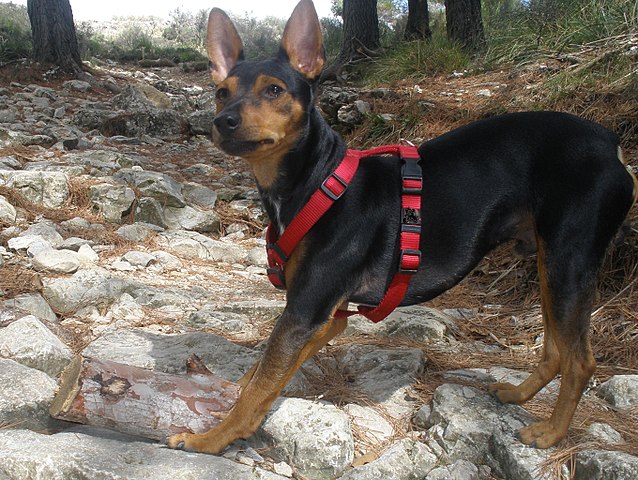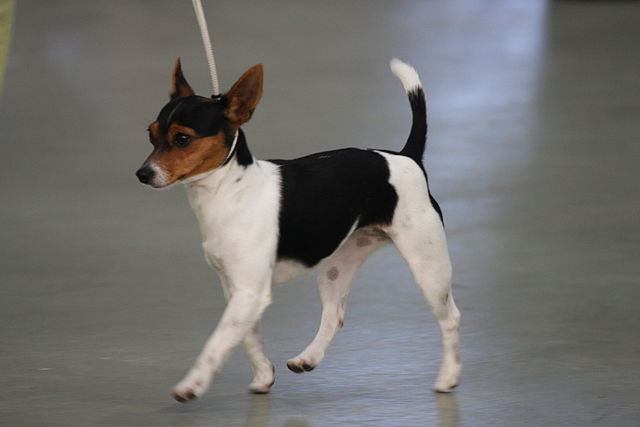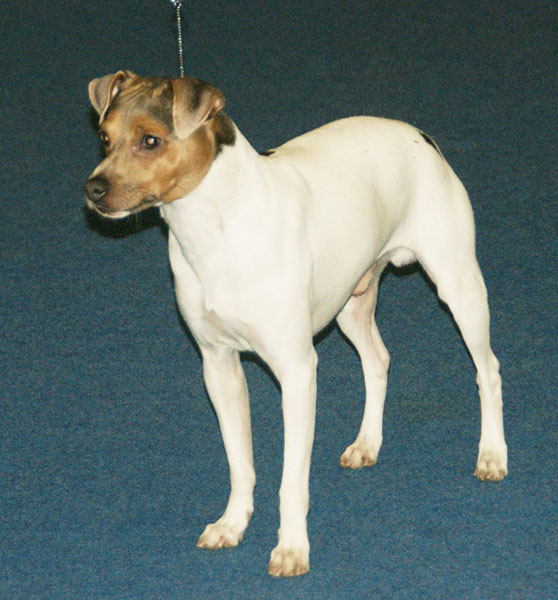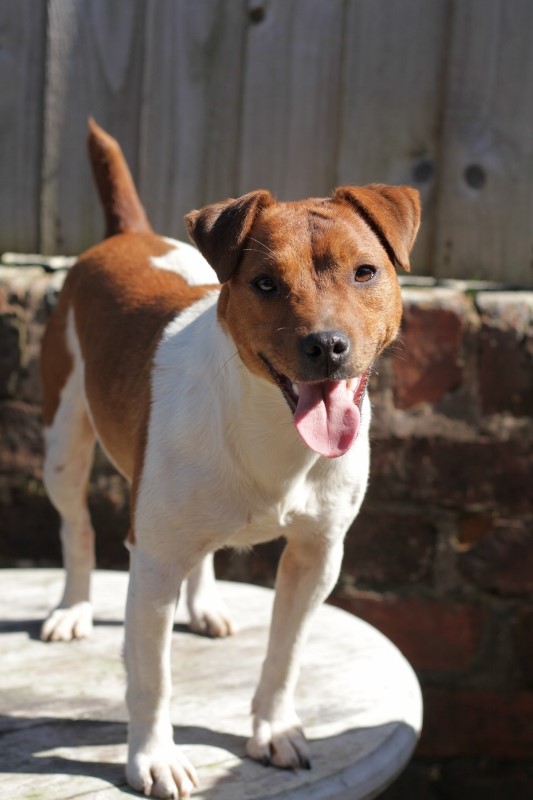The Norfolk Terrier is one of the smallest terrier breeds but is by no means a delicate dog. These working terriers are tough and hardy, willing to go after vermin just as eagerly as their larger cousins. Their small compact frame, short legs and weatherproof wiry coat means that they are well-built to handle almost anything. Besides going after rats and other vermin, they have even been used to bolt foxes! Although these dogs are very loving, prospective owners should be aware that they are also feisty and fearless.
Norfolks are said to have no road sense and as such, should always be walked on leash, particularly when near a road. Having a high prey drive means that they are also extra prone to chasing after small critters that may cross their path – one more reason for keeping them on a leash or in a securely fenced yard! The prey drive comes across in other areas as well, particularly when it comes to digging. Yes, these tiny dogs are more than happy to dig craters in your garden that are far bigger than they are!
While medium-active, the Norfolk’s size means that he doesn’t need long jogs… but he should get regular exercise. Daily walks are best, although most tend to be adaptable to their owner’s lifestyle. As long as they are kept mentally stimulated they may be able to thrive with backyard romps and frequent games. This said, regular walks and outings are highly recommended in order to give the dog the best life – and unlike some breeds, Norfolks are up to going out in any weather! Keeping them active also helps to keep them trim, which can be an issue with under-exercised dogs.
Possessing a double coat, the Norfolk Terrier does shed somewhat. Never shave this breed – it will change the appearance and texture of the coat and won’t really solve the shedding issue anyway. Instead, the coat should be brushed and groomed regularly, and the coat is traditionally hand-stripped twice a year in order to keep it in the best condition. Hand-stripping is a skill that can be learned, although some owners prefer to have groomers do it instead. Keeping the dog in good condition is one of the many important steps towards ensuring the Norfolk lives a long and healthy life (14-16 years is normal).
Norfolk Terriers don’t tend to have the bouncing-off-the-walls energy of some other breeds, and they will calm down inside… to an extent. Many enjoy lounging on their owners laps while resting, only to pop up when they hear the doorbell (they make great watchdogs). Alert and constantly curious, they will rest but not always for long. People who live in more quiet households tend to have calmer Norfolks. Once the dog goes back outside though, they will be looking for adventure again! Don’t be nervous about bringing a Norfolk with you while on a vacation or short trip – not only are they great travelers but they are always happy to see new things!
Although not good around small pets such as hamsters or pet mice, Norfolks were often bred to work in packs and therefore get along with other dogs better than other terrier breeds. They also bond very closely to their human counterparts as well (including children), often becoming very loyal little dogs. Some can become a little too close, however, and end up with jealousy issues when other dogs or people are around their owner. Healthy structure, rules and obedience training are all necessary to keep this possessive behavior from developing. When raised right, these are incredibly friendly dogs who love to be around people!
Despite his sociable nature, the Norfolk Terrier is known for challenging his owner – another reason why obedience training is vital for this breed. Beginning training before he goes through his teenager-stage will help him to understand his place in the “pack”. While he is independent and has a hefty dose of stubbornness, he is also quite capable of learning and has the potential to learn quickly. He can be owned by a first-time dog owner as long as they understand the importance of training. New owners should be prepared to utilize a professional trainer who can show them how to work with this breed that is both stubborn yet sensitive.
The Norfolk can live happily in an apartment, and tends to be fairly quiet with the exception of alerting to people at the door. Dogs that are left alone all day are more likely to be loud, however. The best apartment scenario is one in which the dog is given enough exercise and play to satisfy his needs, as well as providing canine entertainment and/or a companion if the owner is away for long stretches. These dogs live for playing and exploring, so a life of solitude and/or dullness will end up creating a dog with behavior issues. For those thinking about getting a Norfolk puppy in an apartment – be aware he can take extra long to housebreak and plan accordingly.




